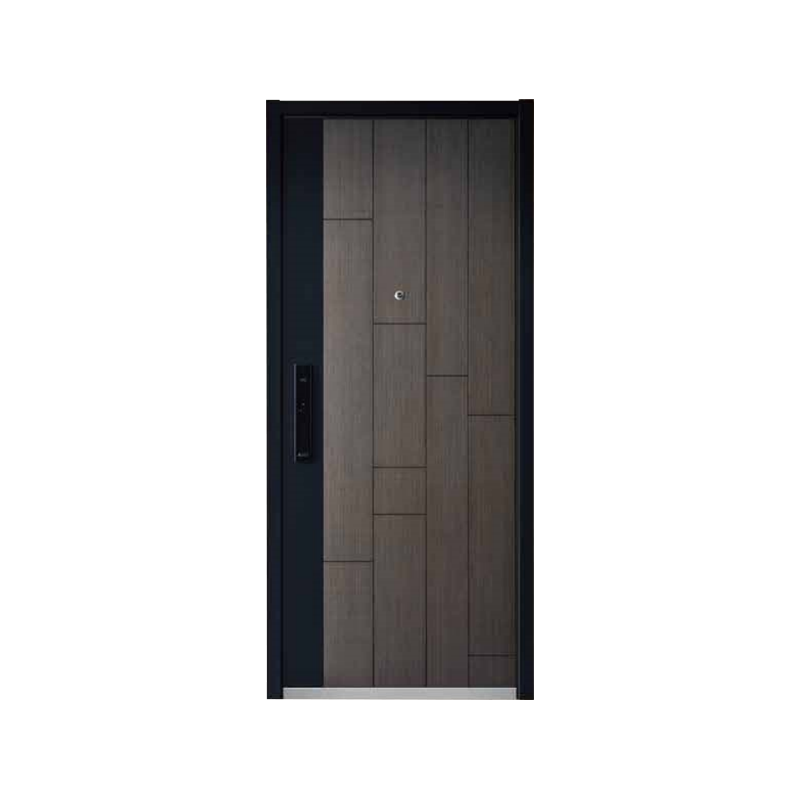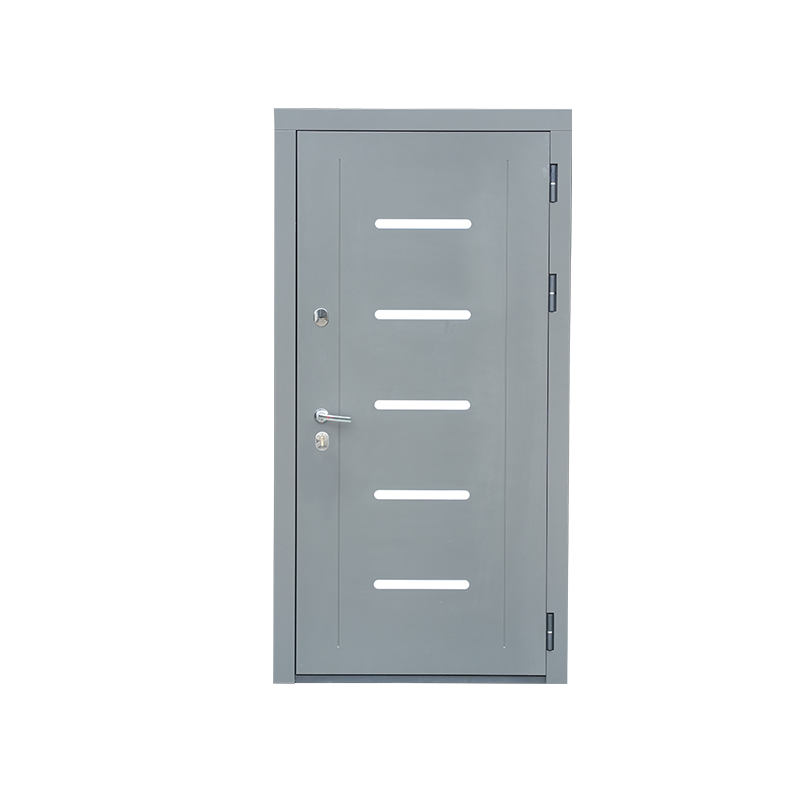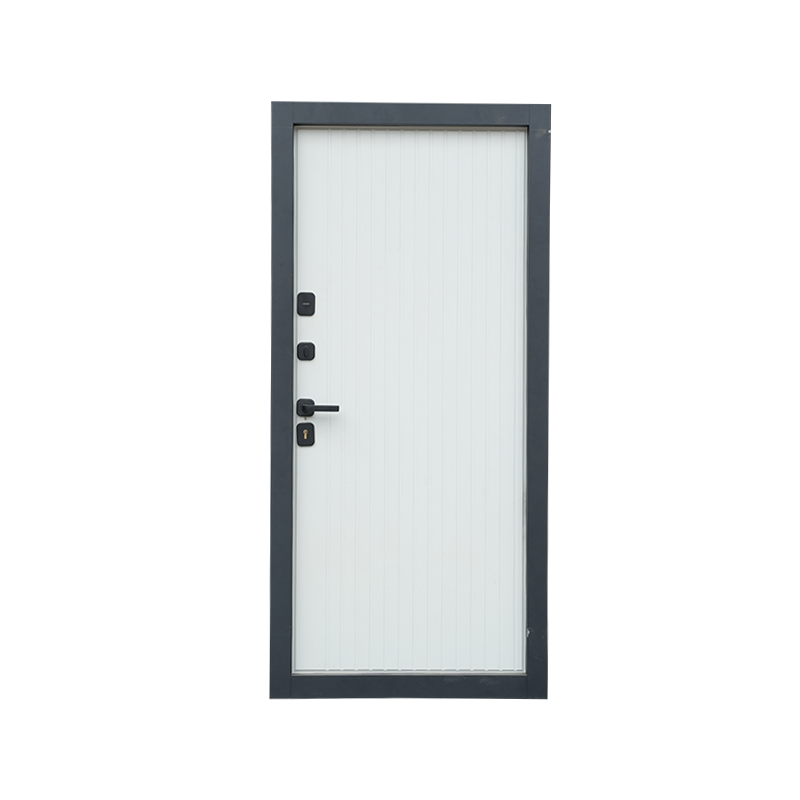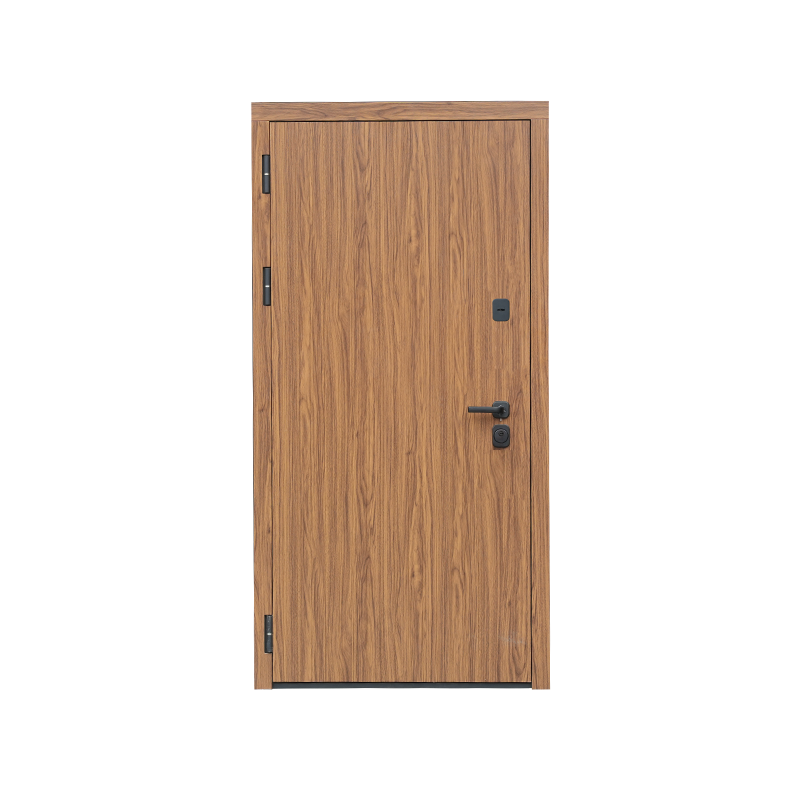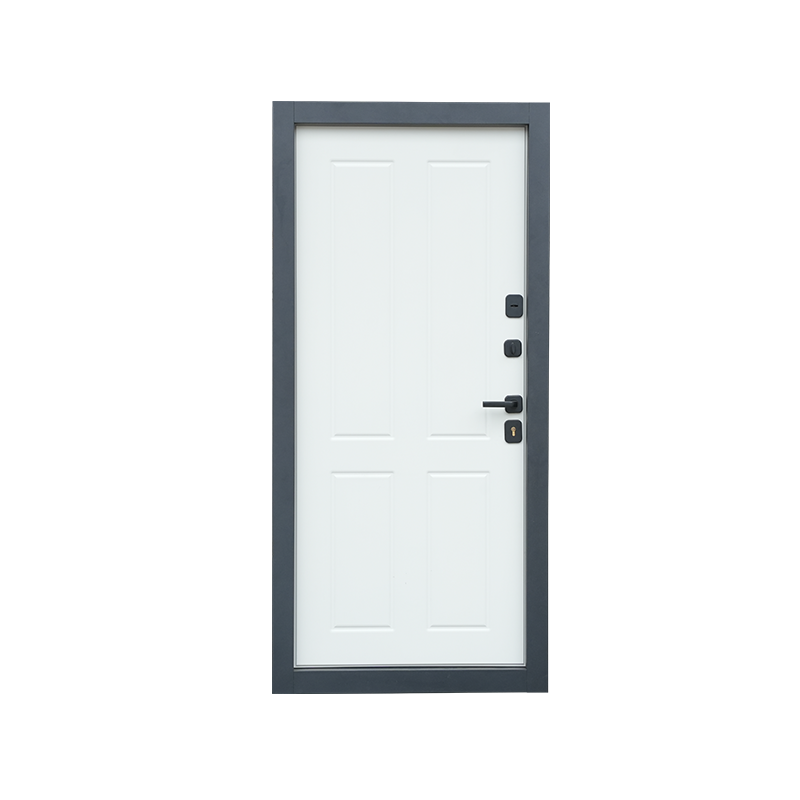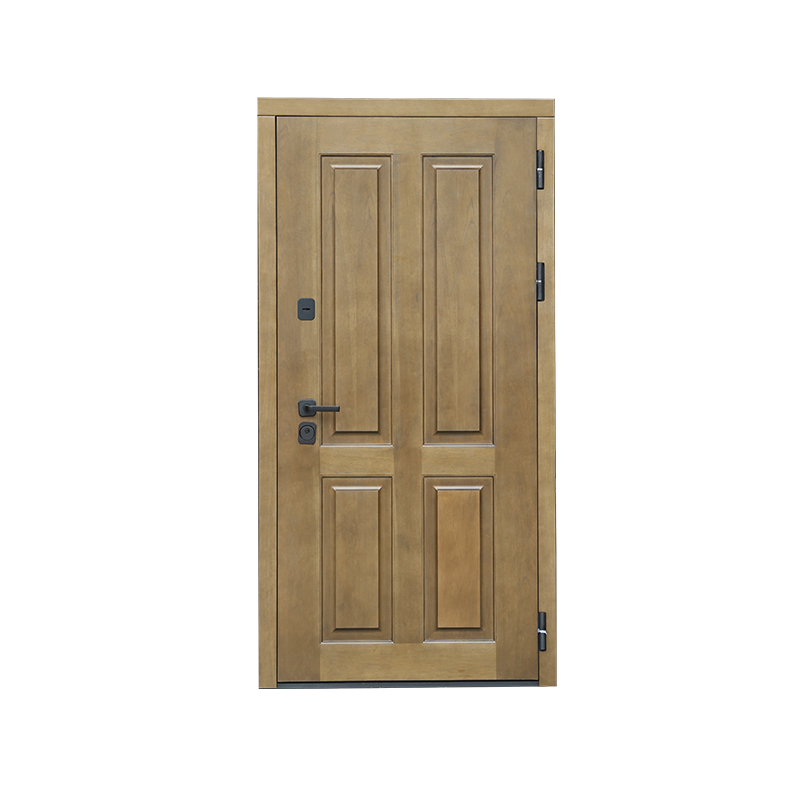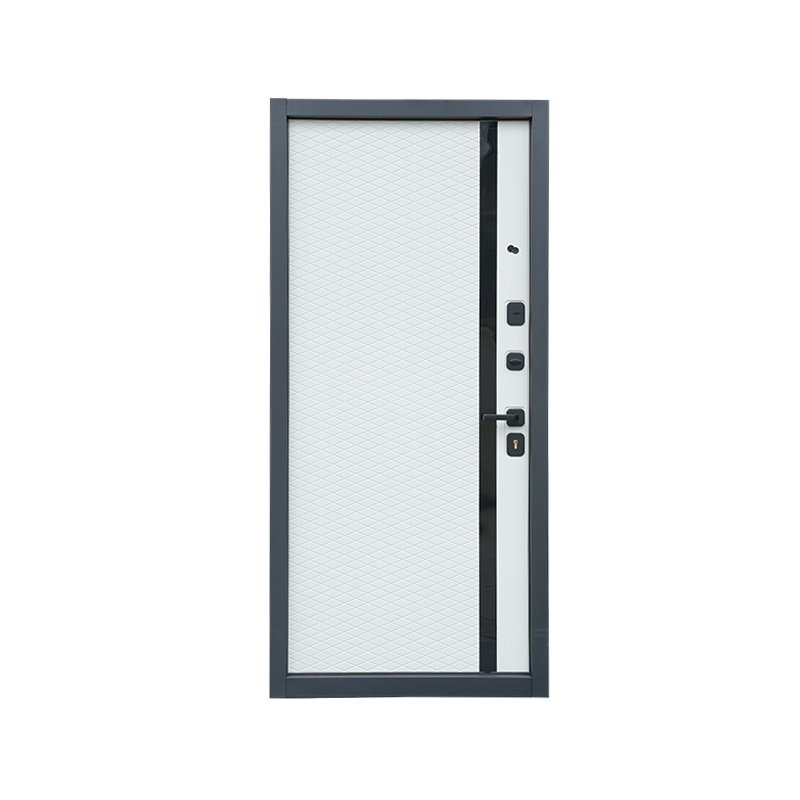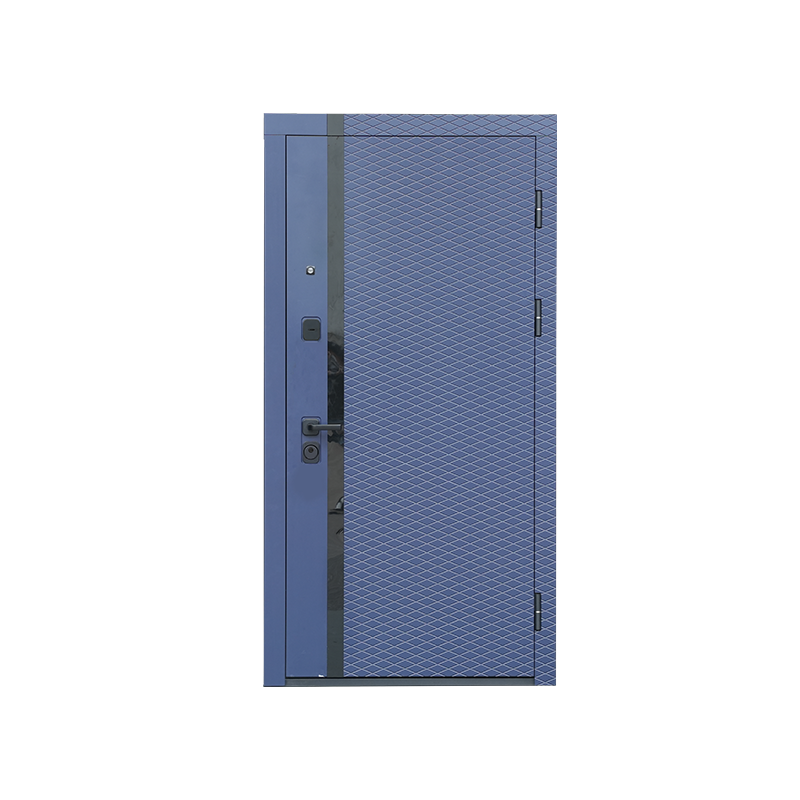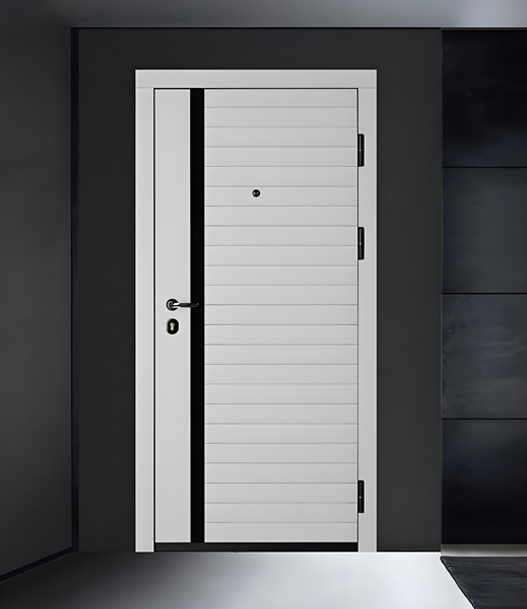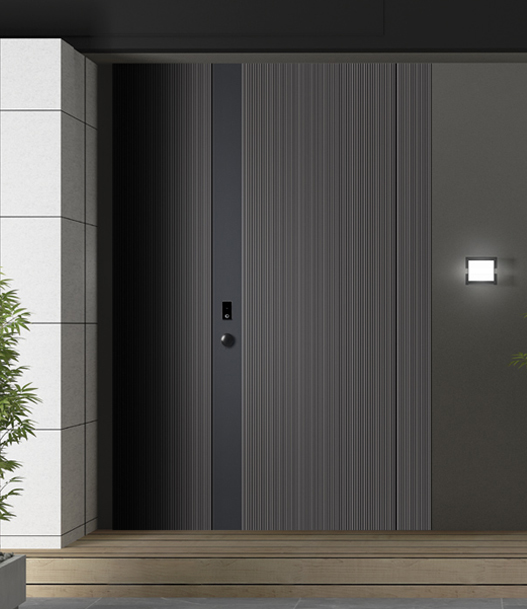When selecting entry doors for homes or commercial spaces, understanding the fundamental differences between steel-wood armored doors and traditional wooden doors is crucial. These two door types serve distinct purposes and offer dramatically different performance characteristics, from security to durability and maintenance requirements.
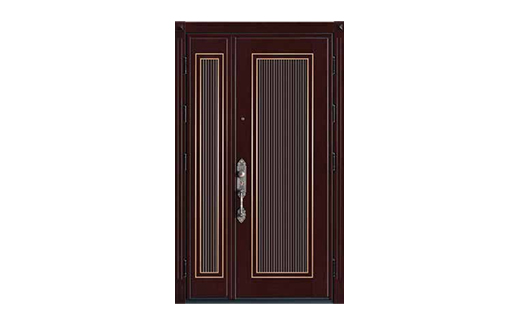
Material Composition and Structural Design
The steel wood door design represents a sophisticated engineering approach that combines multiple protective materials. These doors feature:
- A core structure of cold-rolled steel plates (typically 1.5-2mm thick)
- High-density wooden panels for aesthetic appeal
- Stainless steel reinforcement around all edges
- Additional armored plating at critical stress points (lock areas and hinges)
This hybrid construction gives steel reinforced wooden doors their characteristic strength while maintaining some visual warmth of natural wood.
In contrast, traditional wooden door craft relies solely on timber materials:
- Solid wood planks (oak, mahogany or teak for high-end versions)
- Engineered wood composites for budget options
- Minimal metal components (typically just basic hinges and locks)
The manufacturing process for steel wood door design involves precise metal fabrication combined with woodworking techniques, while conventional wooden door craft follows centuries-old carpentry methods with modern tooling enhancements.
Performance Comparison
Security features show dramatic differences:
- Steel reinforced wooden doors can withstand sustained attack attempts (45+ minutes against common burglary tools)
- Basic wooden door craft products may be compromised in under 5 minutes of forced entry attempts
Fire resistance similarly favors armored designs:
- The steel core in steel wood door design provides 30-60 minutes of fire protection
- Traditional solid wood doors typically char through in 15-20 minutes of direct flame exposure
For environmental performance:
- Steel reinforced wooden doors offer outstanding insulation (U-values 0.10-0.15 better than solid wood)
- Natural wooden door craft products provide better humidity regulation in moderate climates
Aesthetic and Maintenance Considerations
Modern steel wood door design has overcome earlier limitations in appearance:
- Real wood veneers match any architectural style
- Precision machining allows for detailed moldings and carvings
- Powder-coated metal elements can be color-matched to wood tones
Traditional wooden door craft still guides in certain aesthetic aspects:
- Unmatched natural grain patterns in premium hardwoods
- Ability to create intricate custom carvings
- Easier field modifications during installation
Maintenance requirements differ significantly:
- Steel reinforced wooden doors need only occasional cleaning and hardware lubrication
- Wooden door craft products require seasonal inspections, refinishing every 2-3 years, and humidity control
Cost Analysis and Ideal Applications
The price differential reflects the performance gap:
- Quality steel wood door design products range from $2,500-$5,000 installed
- Fine wooden door craft entries cost $1,000-$3,000 depending on wood species
Best applications for each type:
Steel reinforced wooden doors excel in:
- High-security residences
- Commercial building entries
- climate zones
- Noise-sensitive environments
Traditional wooden door craft suits:
- Interior residential applications
- Historic property renovations
- Budget-conscious projects
- Moderate climate locations
Technological Advancements
Recent innovations in steel wood door design include:
- Thinner yet stronger steel alloys reducing weight
- Improved wood-metal bonding techniques
- Integrated smart lock preparation
Wooden door craft has also evolved with:
- Advanced stabilizing treatments reducing warping
- Eco-friendly preservative formulations
- Precision CNC machining for consistency
Making the Right Choice
When deciding between these options, consider:
1. Security needs - Properties in high-risk areas demand steel reinforced wooden doors
2. Climate factors - Coastal or weather locations benefit from armored designs
3. Architectural style - Historic homes may require traditional wooden door craft
4. Budget parameters - While armored doors cost more initially, their lifespan often justifies the investment
The market for steel wood door design continues growing as homeowners recognize the value of combined security and aesthetics. Meanwhile, wooden door craft maintains strong demand for interior applications and projects where authentic materials take priority over improve protection.

 English
English русский
русский Español
Español عربى
عربى